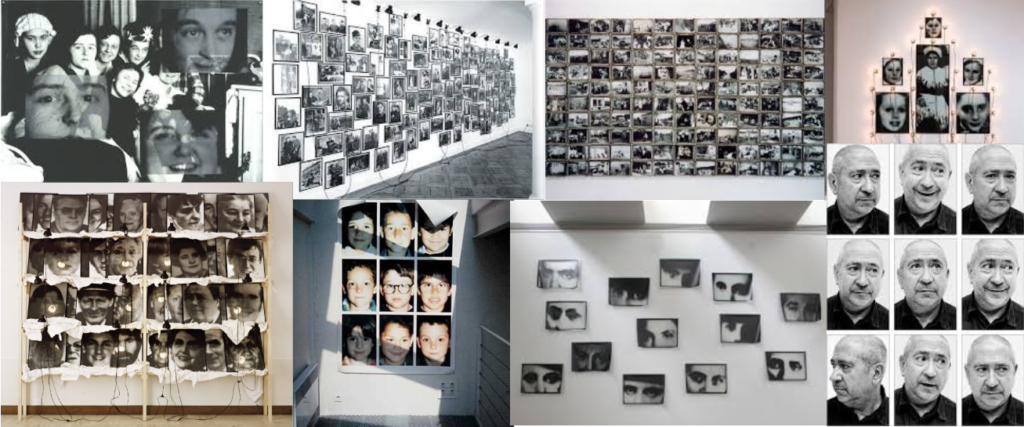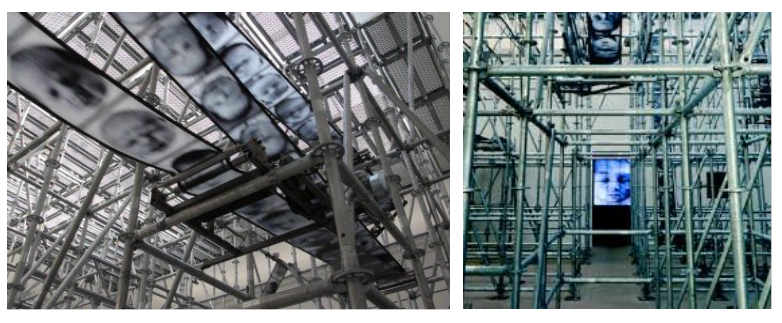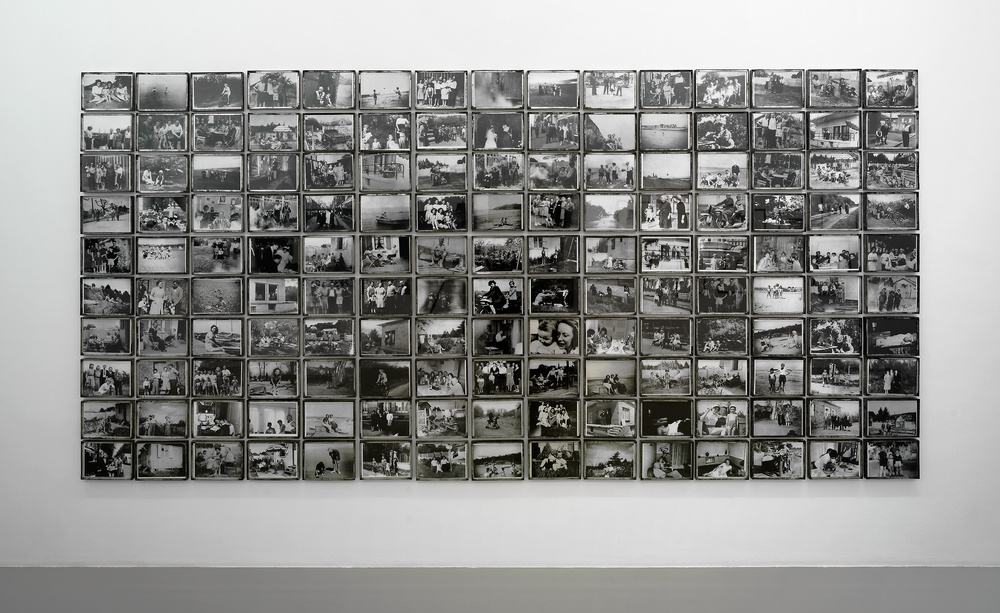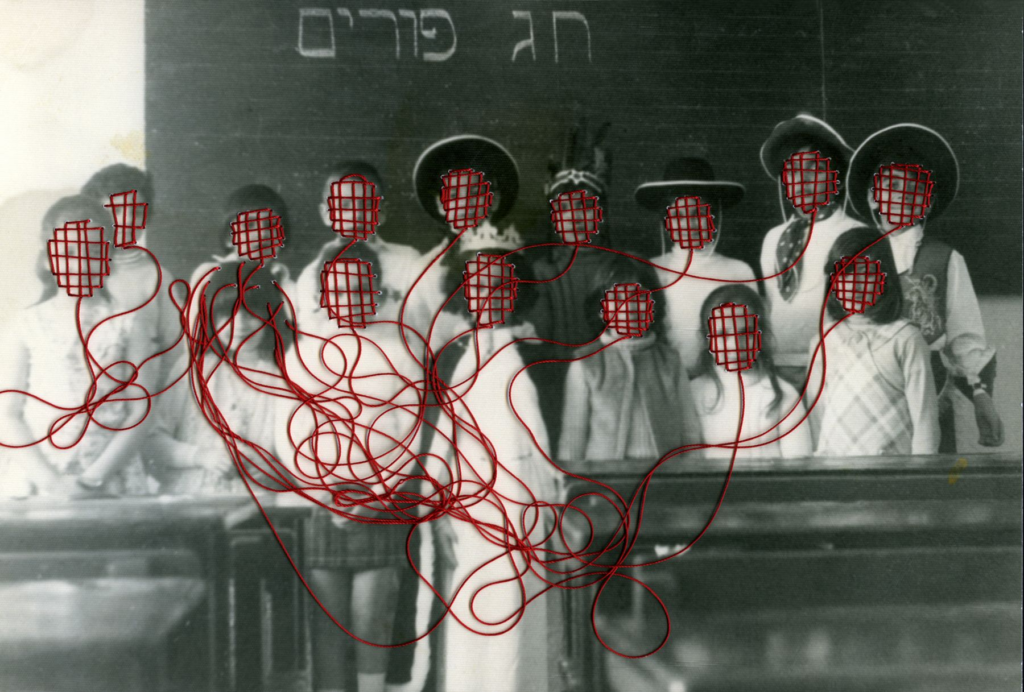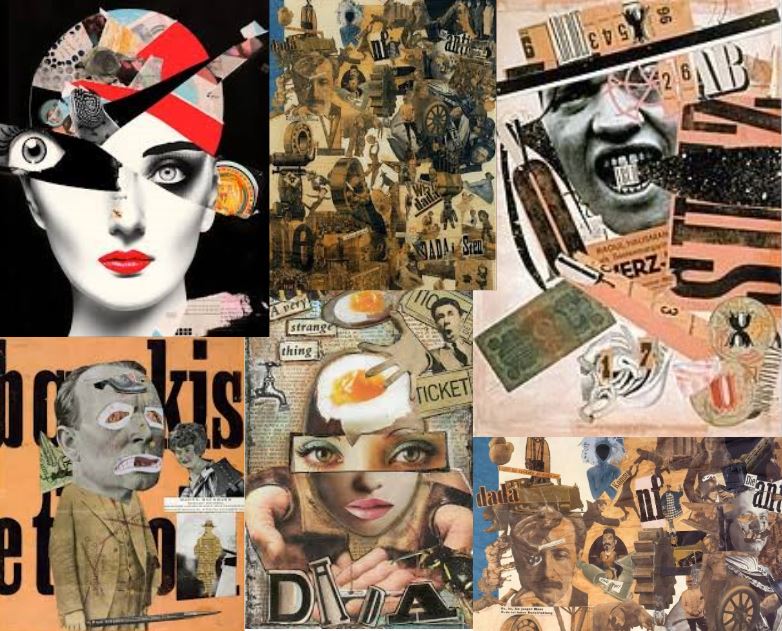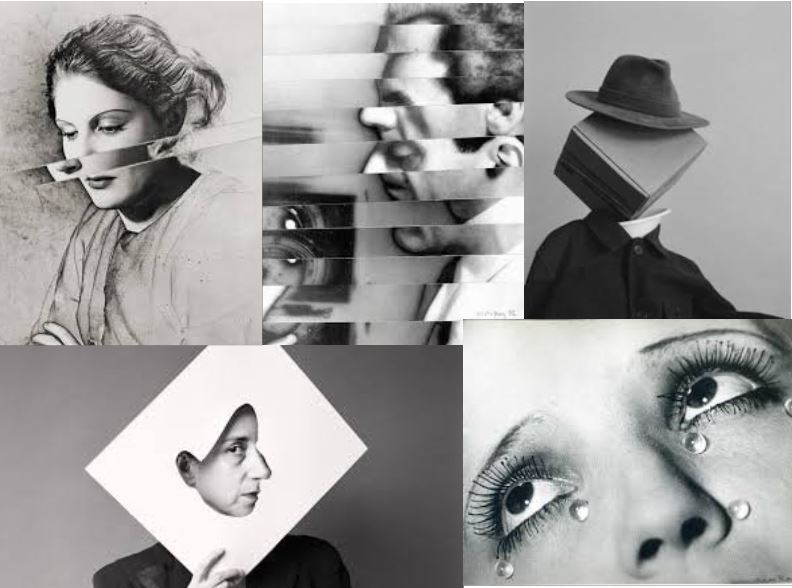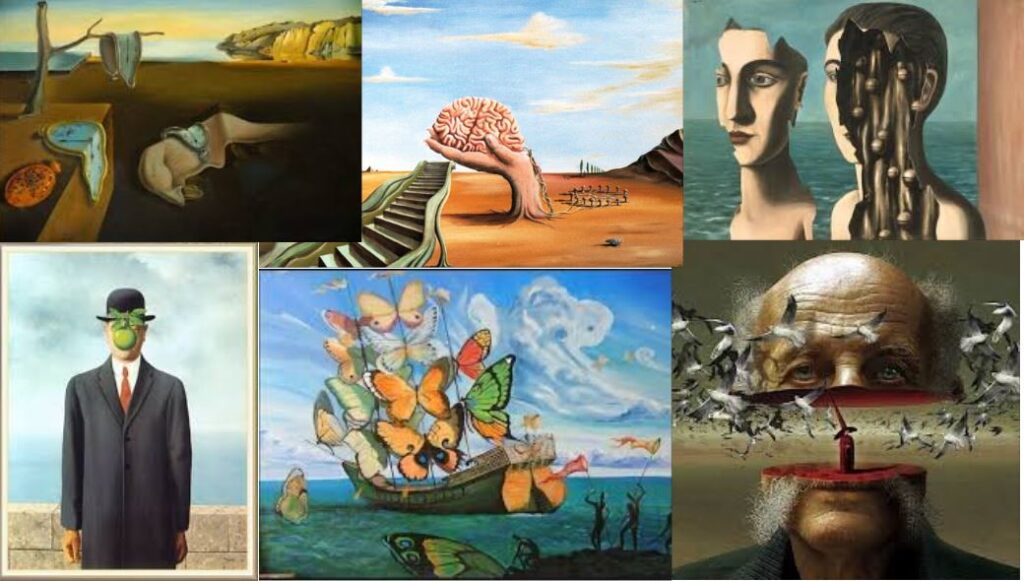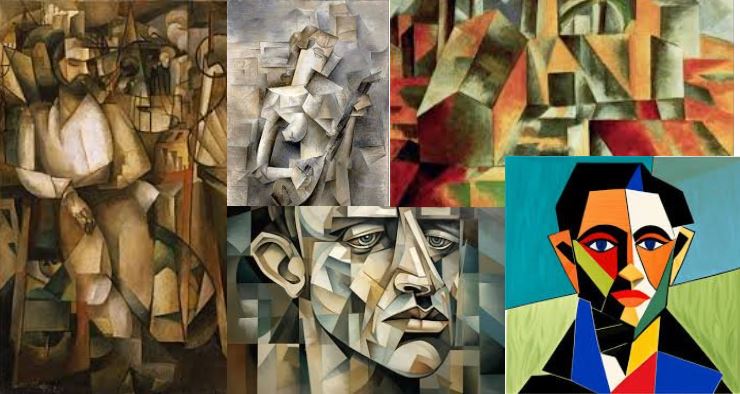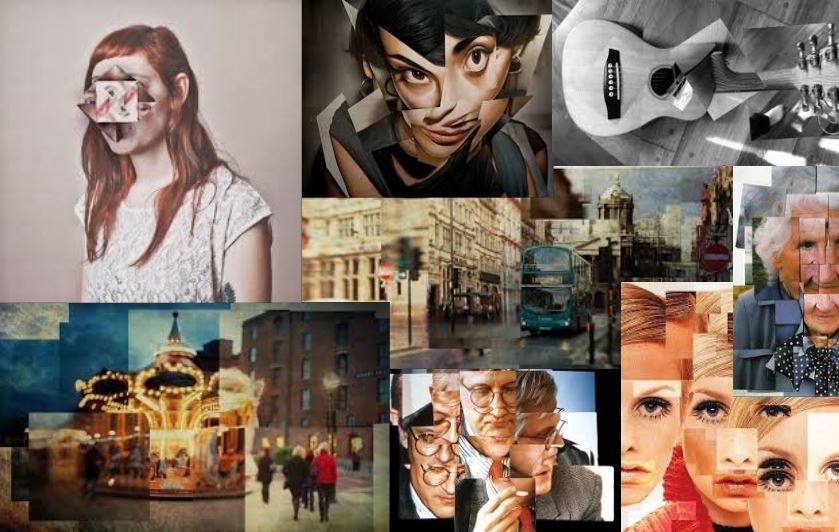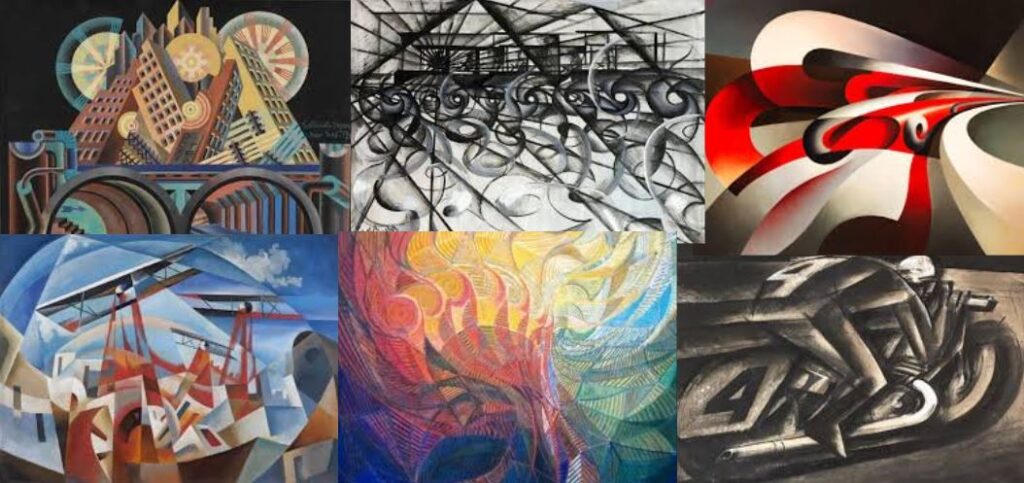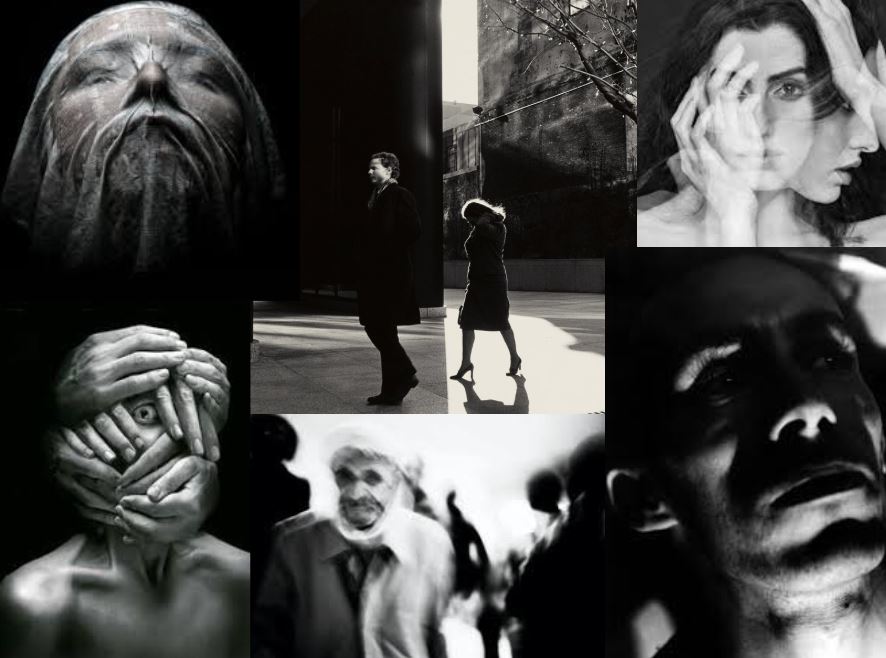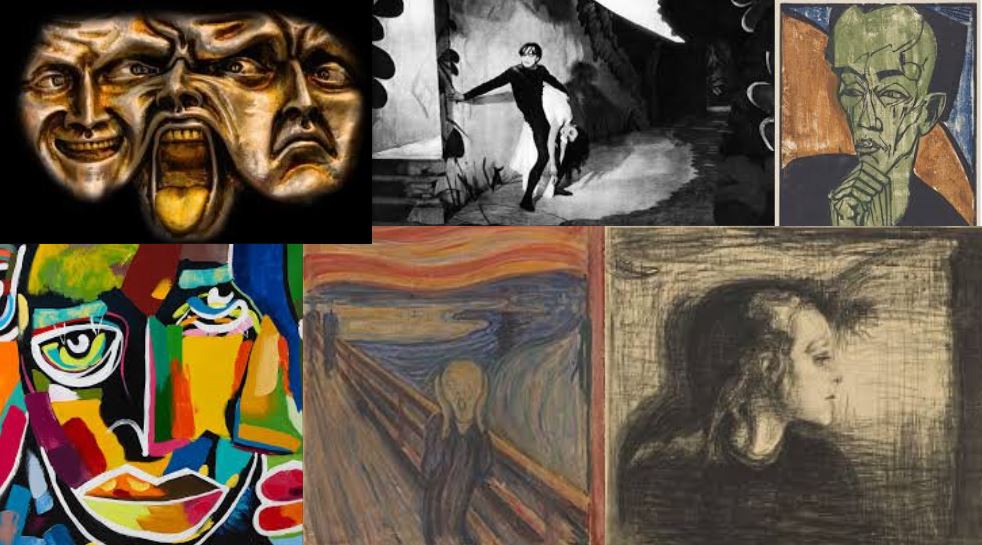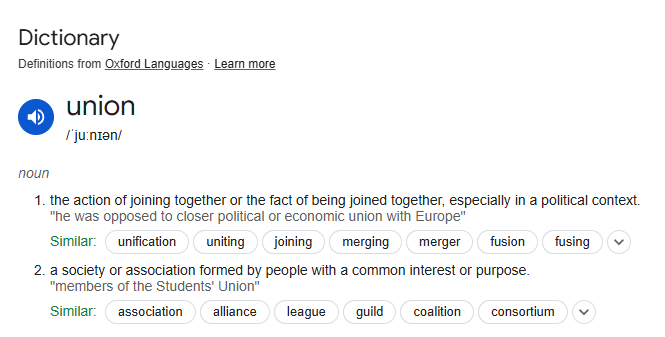Write a Statement of Intent that clearly contextualise;
- What you want to explore?
- Why it matters to you?
- How you wish to develop your project?
- When and where you intend to begin your study?
Make sure you describe how you interpret the exam themes; UNION, subject-matter, topic or issue you wish to explore, artists references/ inspirations and final outcome – zine, photobook, film, prints etc.
In this project I’m wanting to focus on my grandparents marriage, their love story and their lives. Focussing on the exploration of the union between them and what it was like coming from two very different cultures at such a vulnerable time after world war 2. Cultural differences is a key theme for this topic due to my grandmother being German and grandfather being from Jersey. However for me I interpret union to be about coming together despite differences weather that’s cultural or personal differences. Which my grandparents love story is all about. I believe their marriage to be very special and they fought hard for it after having their wedding/marriage stopping 3 times.
I will be taking lots of inspiration from Christian Boltanski and Carolle Benitah when delving into this project. Christian Boltanski tends to on exploring/researching about these families when he creates his work. Whereas, Carolle Benitah uses her own family photos to try find herself and her identity. They’re reasoning behind their work resonates with me as part of the reason I choose this theme was because I wanted to find out more about my grandparents. I’m interested in learning more about their life together; their life apart; their families; their marriage etc…

For this project I’m interested in recreating some of the family photos that I have access to. Potentially even editing some photos to use both the original and my new version. There’s a photo of my grandmother standing in front of a lake with her reflection looking back at her which I would be interested in recreating and changing it so that I’m looking into the lake and she’s looking back at me or vice versa.

